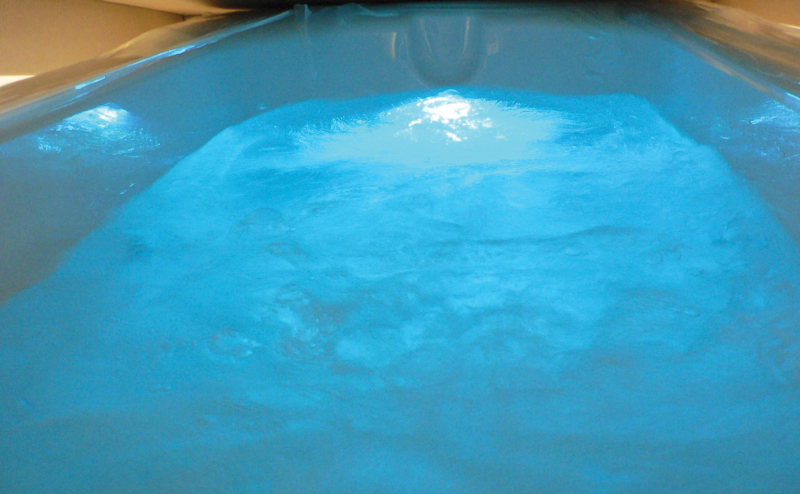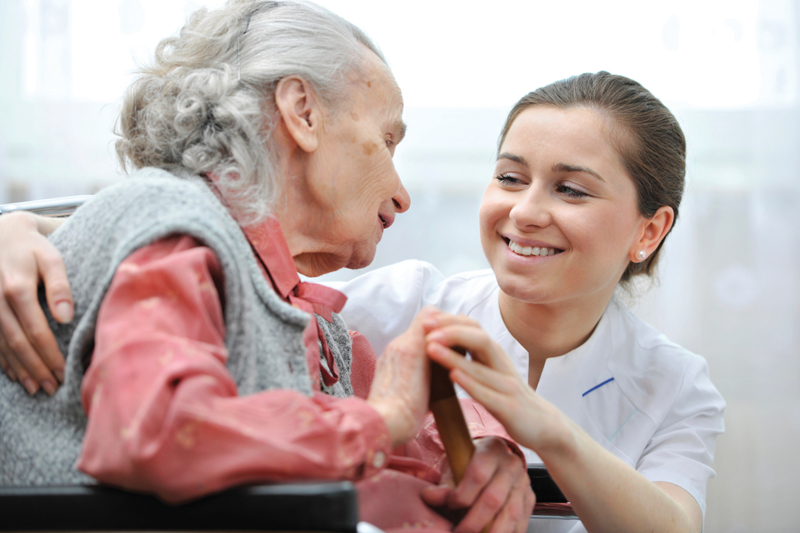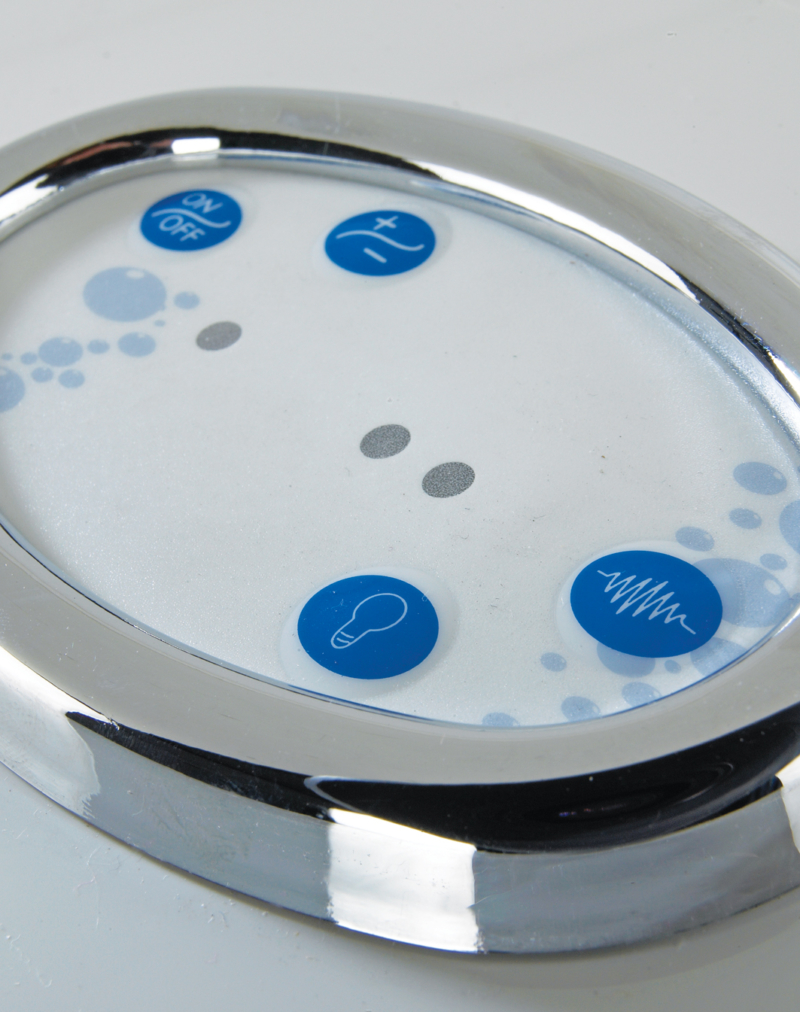Recommending bathing for pain relief – understanding the evidence
Rheumatoid Arthritis Awareness week on 13–18th September seems like the perfect time to have the discussion about the use of bathing to reduce joint pain.
Bathing refers to being submerged in water and rhetorically there is evidence to suggest that this submergence, and the resulting buoyancy, reduces joint and muscle pain. Along with the warmth of the water, which we assume supports lower muscle tone and therefore tension, bathing has often been recommended as a therapeutic intervention.
However, although this may rhetorically be the case, are we aware what the research suggests, and how to maximise outcomes for those suffering?
Interestingly, there is very little, if any evidence that bathing in a standard domestic bath, under ‘normal’ bathing conditions improves outcomes at all. The research focuses very much on the statistical and empirical benefits of balneotherapy and spa therapy.

Balneotherapy is the use of mineral rich water to treat medical conditions including pain. The outcomes of trials involving balneotherapy and pain reduction need to be received with caution due to their conditions; however, research such as that conducted by Killicoglu (2009) and Balogh (2005) appear to demonstrate improved outcomes in areas such as pain reduction, muscle spasms, and increased lumbar flexion/extension using the Schrober’s index.
The Naiad project (2003), in which participants (11,000) used spa baths concluded that ‘the analysis of socioeconomic indicators showed a significant reduction in recourse to additional treatments (hospital admissions, physical and pharmacological therapies) and absence from work.

These studies, and their conclusions, should force us to critically evaluate our interventions for clients with pain who wish to bathe. We should be asking ourselves the following two questions:
- What is the evidence base to support bathing as a recommendation?
- Are there additional elements to bathing that the evidence suggests should also be recommended?
The empirical evidence does not necessarily support standard domestic bathing for pain relief, but bathing with minerals and in spa conditions is more evidence based. Therefore, it could be argued that specialist bathing within specific conditions is more likely to maximise outcomes for the person.
These specific conditions include:
- Water temperature
- Bathing duration
- Use of jacuzzi/spa feature
- Mineral water
- Bath time
A third question then needs to be asked; does it matter that there is no scientific evidence base for standard domestic bathing and pain relief?
Occupational therapy is a humanistic profession, firmly within the social model of care and therefore if qualitative feedback from clients, and indeed our own experiential clinical reasoning, tell us that bathing in any condition support pain reduction then is that enough?
The truth is that both are important, but the more evidence we collate to support recommendations the more likely we are to be able to successfully support our clients, maximise their independence, improve quality of life, and advocate for their needs.

It is critical that we do not assume an intervention is the best one, simply because the perception is it works. Without knowledge of the evidence base we cannot know whether our recommendations truly maximise potential for long-term health and well-being.
In the context of this article, bathing may well be recommended for someone with joint pain as a result of rheumatoid arthritis, for example, and rhetorically this may be the right thing to do. However, without the other elements as set out in the research the bather may not enjoy it’s full benefits.
Visit the Abacus Academy for a comprehensive database of clinical theory, including evidence based practice and clinical reasoning processes, as well as links to research mentioned in this article.

